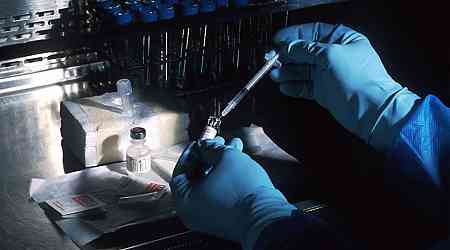A new study suggests that nanorobots, significantly smaller than blood cells, could deliver clot-forming drugs directly to brain aneurysms, potentially preventing strokes. Although this technology has only been tested on rabbits, it offers a promising alternative to treatments such as stents and coils, which sometimes require long-term blood thinners. Qi Zhou, a research associate in bioinspired engineering at the University of Edinburgh, co-authored the study, explaining that these remotely controlled magnetic nanobots provide a more precise and safer method for sealing cerebral aneurysms without invasive implants.
How the Nanorobots Work
The research points out that the nanorobots, measuring just 295 nanometres in diameter, consist of a magnetic core, a clotting agent known as thrombin, and a coating that melts when heated. Surgeons can guide these nanobots using a magnetic field to the aneurysm site, where heat triggers the release of the drug, forming a clot to block the aneurysm from further blood circulation. This technique avoids the need for deep insertion into the brain's delicate vessels.
Successful Testing in Rabbits
The nanorobots have so far been tested on rabbits with induced aneurysms in their carotid arteries. The results were promising, with stable clots forming to block the aneurysm completely, while the rabbits remained healthy during the two-week follow-up period. These clots don't block the blood supply to the brain but close off the weak spot in the vessel, preventing potential ruptures.
Next Steps in the Research
The next stage involves testing the technology on larger animals that more closely mimic human physiology. The team will also work on improving the magnetic control to ensure precision in guiding the nanobots to aneurysms located deeper in the brain. While much more research is needed, Qi Zhou is optimistic about the potential of this technology to revolutionise aneurysm treatments.
































